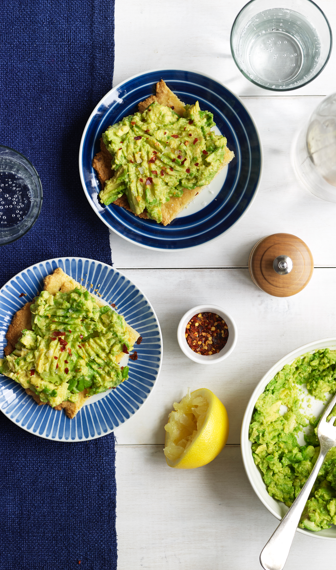Diabetes is a disease of uncontrolled sugar. In a nutshell, uncontrolled sugar is also a huge contributing factor to obesity and heart disease. When your blood sugar goes too high, insulin comes in to escort that extra blood sugar into the cells where it can be burned for energy. But if insulin doesn’t work effectively, you wind up with too much blood sugar and high levels of insulin and you’re on your way to big health problems down the road.
The technical name for this ability of the body to regulate sugar effectively and efficiently is glycemic control.
So what’s the number one thing that raises blood sugar anyway? Clearly it’s carbohydrate. And study after study has shown that low-carb diets improve the ability of the body to effectively deal with sugar.
Previous research(1) has shown that a low-glycemic diet (i.e. one high in beans, lentils and breads made with flaxseeds) does much better at managing glycemic control for Type ll diabetes than the “traditional” high fiber diet based on whole grain breads and breakfast cereals (which are often loaded with extra sugar). Now a new study shows that when it comes to controlling blood sugar, the Atkins Induction phase program does even better.
Eric Westman, MD and his research team put 84 community volunteers with obesity and type 2 diabetes on one of two diets- either a very low carb (Atkins Induction Phase) or a low-glycemic, reduced calorie diet. After 6 months, there was improvement in both groups in glycemic control. But the Atkins Induction group improved more.
The main measure of improvement was a blood test called hemoglobin A1c, which is a kind of “Rolls Royce” of blood sugar measurement. While blood sugar levels at any given time fluctuate, Hemoglobin A1c gives us a much more realistic reading of the overall effectiveness of blood sugar control over an extended period of time. Since red blood cells basically live for about 3 months before dying, when sugar sticks to these cells it’s possible to tell just how much sugar has been around for the past three months. Normal ranges for hemoglobin A1c are usually 4 to 5.9, and over 6.1 indicating a strong risk for undiagnosed diabetes(2). The American Diabetes Association recommends that diabetics keep their A1C levels below 7.
So this measure is important. Let’s see how the dietary interventions affected it.
Both diets- low-carb and low glycemic- improved Hemoglobin A1c as well as fasting glucose, fasting insulin and even weight loss. But the low-carb (Atkins Induction) diet did slightly better on all four counts. Both groups were also able to reduce their diabetic medication. But in patients taking insulin, the effects of the Atkins Induction diet were really quite powerful. Participants taking from 40-90 units of insulin before the study were able to eliminate their insulin use after starting the Atkins Induction diet, sometimes so quickly that the study researchers had to issue the warning that subjects with type 2 diabetes who are unable to adjust their own medication shouldn’t make these dietary changes without close medical supervision!
Does this study mean that an Induction diet is preferable to a low-glycemic diet, which in other studies has been shown to be very useful for glycemic control. No. “A low-carbohydrate diet combines two approaches that, on their own, improve blood glucose control: weight loss and a reduced glycemic index diet”, wrote the researchers. Interestingly, when you think about it, an Atkins diet is already low-glycemic just by definition! “Because low-glycemic diets typically contain from 40-60% of calories from carbohydrate, it’s possible that the beneficial effect of low-glycemic diets could be augmented even further by the reduction of the absolute amount of carbs- or by a reduction in calories”, said Dr. Westman.
1) http://www.medicalnewstoday.com/articles/133373.php
2) http://www.diabeteshealth.com/read/2008/10/13/5942/an-a1c-as-low-as-5-4-can-mask-undiagnosed-diabetes-in-some-high-risk-people—

